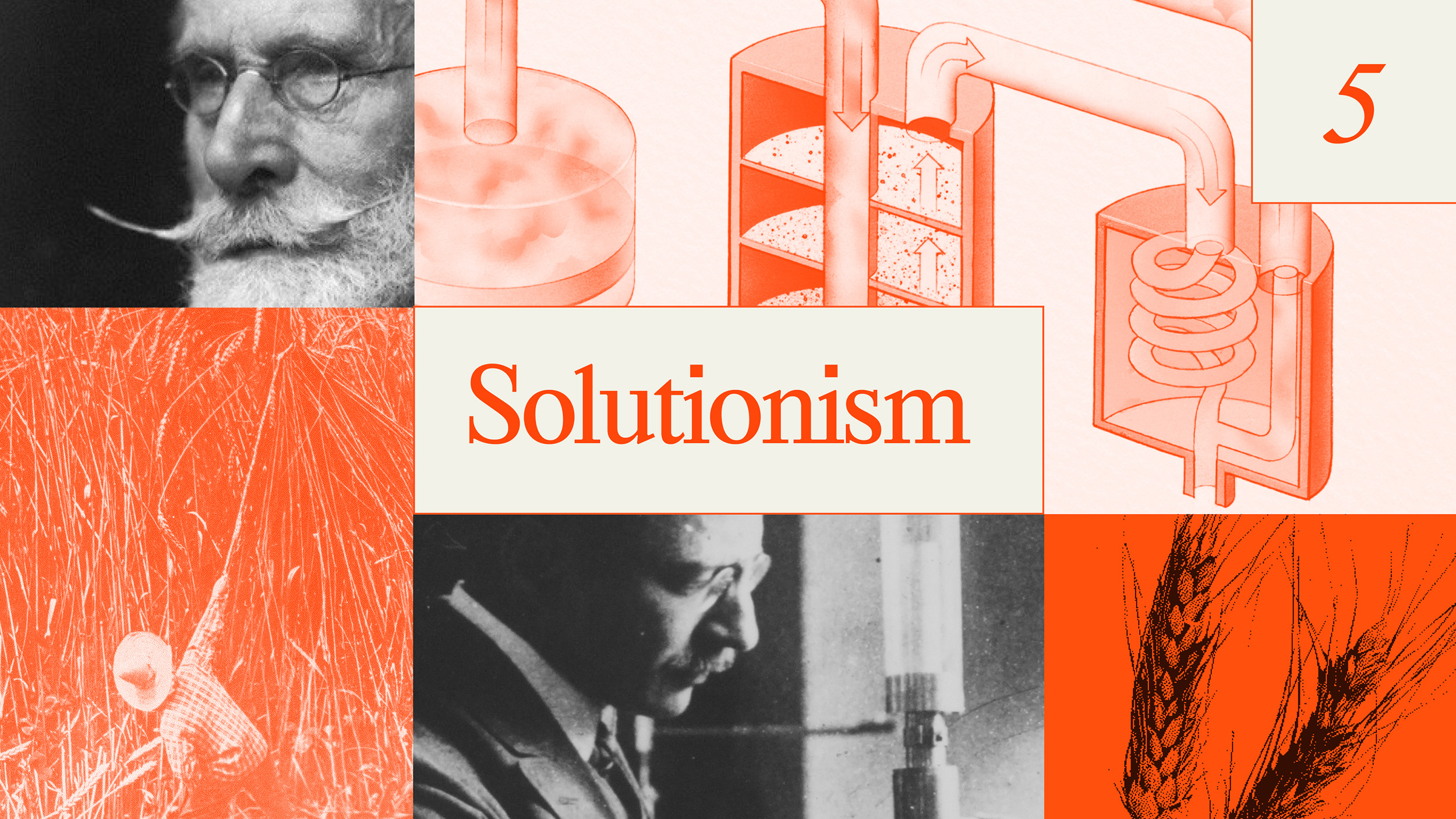Breakthroughs in Eating

To fill one’s belly is as fundamental a part of what it is to be alive as is self-preservation and the desire to procreate. It’s no wonder that finding new, easier ways to do so marks out many of humanities greatest achievements and pivotal moments.
1. Fire
Date: Although it is possible that pre-Neanderthal hominids made use of fire, there is no evidence they actually controlled fire until the Middle Pleistocene era (approximately 781 to 126 thousand years ago.) when fire hearths first begin to appear.
The Greek gods jealously protected fire, fearing what humanity would do with such power, and wishing that they alone should wield it. But it wasn’t just violence and weapons that fire would inspire, but previously unknown culinary delights.
2. Agriculture/Domestication (Agricultural Revolution)
Date: approximately 10,000 BCE
What has come to be known as the Agricultural Revolution is inextricably linked to the domestication of plants and animals. Making wild plants and animals dependent on human nurturing is essential to the mass production of crops and livestock. Such commodities as bread and hamburgers are now so commonplace it is easy to forget they weren’t always with us.
3. Salt:
Date: There is circumstantial evidence that salt was being used during the Neolithic era (beginning approximately 9500 BCE ) but the first archaeological evidence does not appear until the Bronze Age (3300-1200 BC).
Humanity’s urge to explore was given new reach when we first rubbed newly butchered mammoth shanks with salt and hit for the road – or in this case, created the road. Salt removes the moisture essential for the reproduction of bacteria which otherwise causes decomposition
The use of salt is usually associated with the birth of agriculture. Prior to the Agricultural Revolution early humans likely obtained all the salt they needed from meat heavy diets. At approximately the same time agriculture threw that balance off, humans began ingesting salt from other sources such as the ocean.
Author Mark Kurlansky has written extensively on the subject in the book Salt: A World History.
4. Pasteurization
Date: 1862
When Louis Pasteur wasn’t fighting rabies, cholera, and silkworm disease he was trying to figure out ways to make sure his precious wine and beer had a longer shelf life. The process which now bears his name is actually quite simple: heat food or drink for a set period of time and cool it immediately. Food could now be transported vast distances without spoiling, opening up the door to a global food economy.
5. Genetically modified foods (GM):
Date: 1994
Part fish, part tomato. It turns out that’s one solution to ensuring the longer shelf-life of our food. But when Austrian monk Gregor Mendel first experimented with peas to deduce certain inherited traits he could have had no idea where his work would lead.
Most genetically modified foods fall into two categories: insect resistant and insecticide resistant. A study released by the USDA in 2010 estimates that between 86 and 96 percent of soybean, corn and cotton crops have adopted some form of biotech modification.





